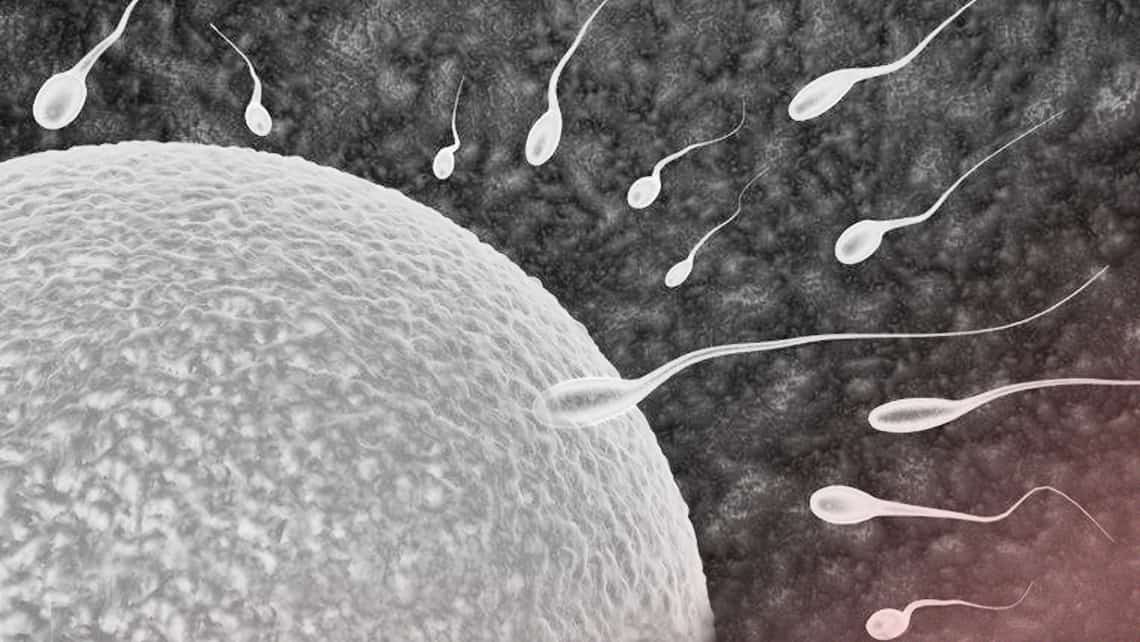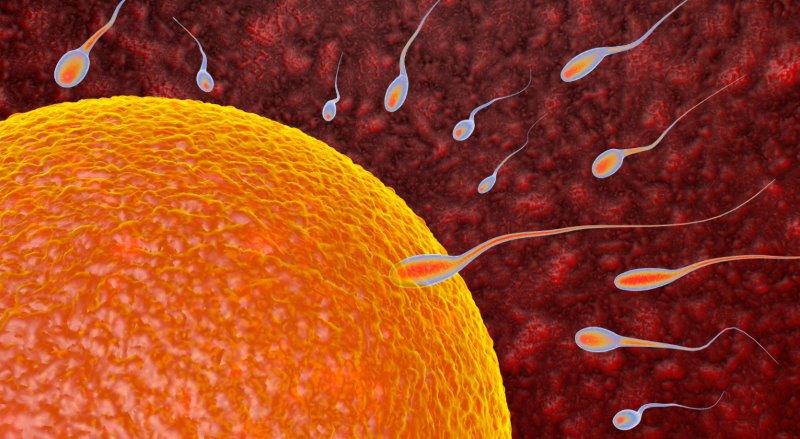
What is artificial insemination at home?
As a result of a number of television programmes, as well as articles in newspapers and online, it has now become public knowledge that what we commonly know as artificial insemination at home is becoming an increasingly common practice.
The term could well be labelled incorrect or even deceptive if we take into account that insemination at home could never be on an equal footing to the artificial insemination carried out in a health clinic that has the necessary authorisation to carry out assisted reproduction techniques. The differences between the two are significant.
Índice
What is artificial insemination at home?
It should be taken into account that the probability of getting pregnant using this method is the same as getting pregnant as a result of sexual intercourse. In other words, the semen is deposited inside the woman’s vagina and the spermatozoa themselves have to embark on a journey that present a number of difficulties until they reach the place where fertilisation takes place (the fallopian tubes) and fertilise the ovum.
What are some of the differences between artificial insemination carried out in a fertility clinic and artificial insemination carried out at home?
There are significant differences between them and these differences mean that artificial insemination carried out in a fertility clinic can triple the chances of getting pregnant in comparison with artificial insemination when carried out at home. For example:
- Ovarian stimulation with ultrasound scan checks and low doses of hormone medication in order to stimulate ova development and maturation. This increases the chances of success.
- Checks to know when ovulation is taking place. Ovulation is induced by means of rigorously-controlled subcutaneous injections of hormones at the most appropriate time for increasing the chances of pregnancy as much as possible.
- Semen capacitation and improvement. Expert laboratory personnel are able to select only mobile spermatozoa and this increases the chances of pregnancy.
- The position of the semen deposit.As explained above, when insemination is carried out at home, the semen is deposited in the vagina using a syringe and it is carried out by someone who is not specialised in this practice. During correctly-performed artificial insemination, a gynaecologist is responsible for depositing the prepared semen in the uterine cavity, meaning that the maximum possible number of mobile spermatozoa reach the fallopian tubes. By ensuring that the ova and the spermatozoa are in the appropriate place at the same time, we maximise the probability of pregnancy.
Two so very different procedures cannot, therefore, be given the same name.
Legislation
As well as technical matters, we should also mention the legal side to using male donor sperm to carry out insemination at home.

In our country, donor sperm banks are not permitted to make home deliveries since Spanish legislation clearly states that ‘assisted reproduction techniques may only be carried out in duly authorised health clinics.’ That is, it is absolutely clear that techniques such as the ones mentioned here may only be carried out in authorised clinics.
However, there are international sperm banks that do make home deliveries and even allow the female patient to select the donor based on profiles provided on the corresponding website. This is also dealt with quite clearly in our legislation which states that ‘selection of donor semen may only be carried out by the medical team performing the technique and the former must ensure that donation is anonymous…’.
Success rates
One last thing for women to take into account is that the chances of success in both techniques depends quite clearly upon the quantity of inseminated mobile spermatozoa. The cost of donor sperm bought from the aforementioned international sperm banks depends upon the quantity of mobile sperm in the selected sample and upon the selected donor’s profile. In other words, samples with a larger sperm concentration are more expensive.
If we take this into account, the cost of carrying out artificial insemination at home using good quality donor sperm can end up equalling the cost of carrying out the procedure in an assisted reproduction clinic. The chances of a successful pregnancy, however, are far from comparable.
Learn more in our web section:
-Artificial insemination.
-Single mother.
Dr Ana Fabregat, pharmacist at Instituto Bernabeu
